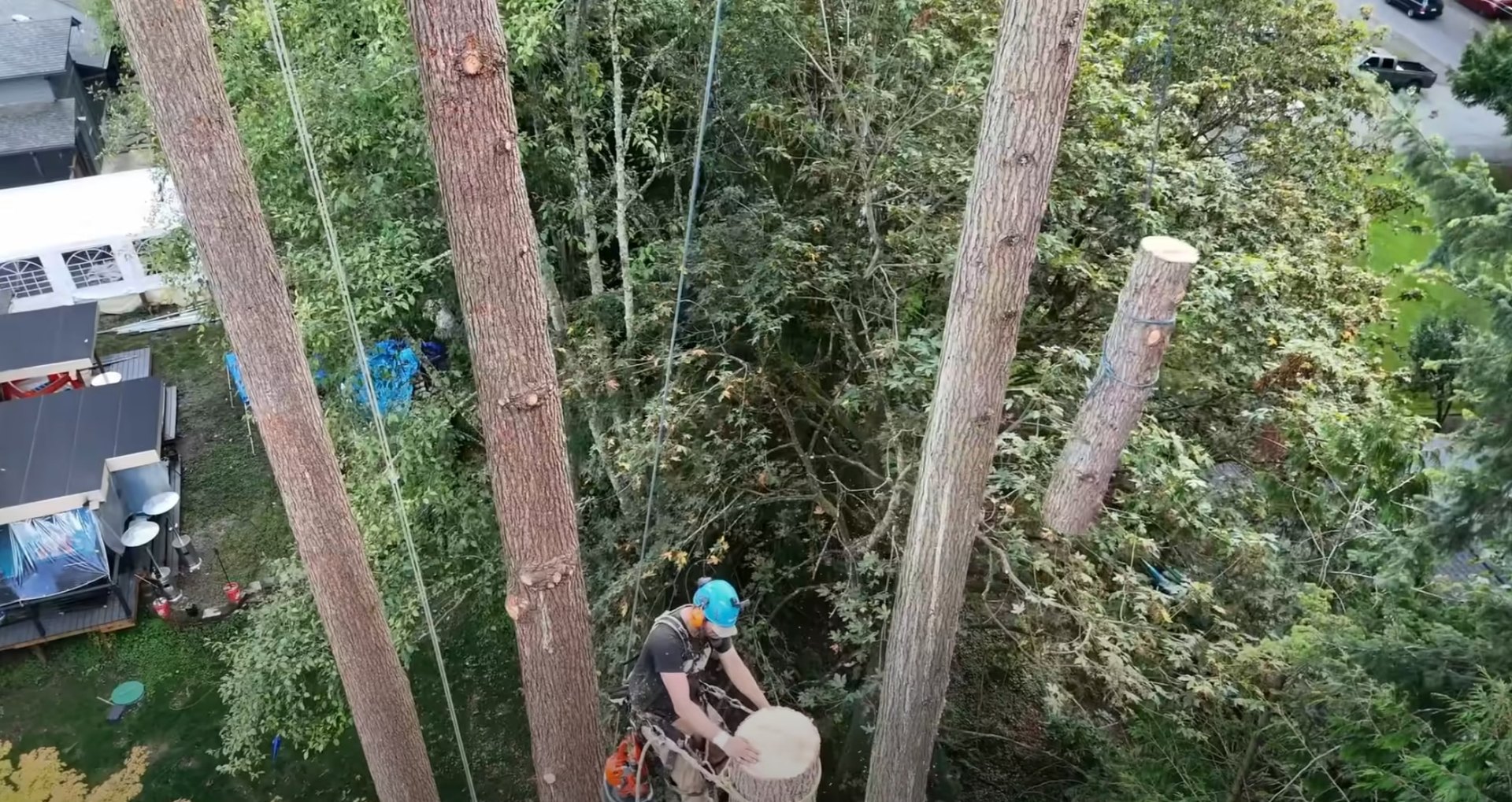Professional Tree Trimming & Pruning

Expert Tree Care for Optimal Health
Proper tree trimming and pruning is both an art and a science. Our certified arborists understand the unique growth patterns, seasonal needs, and health requirements of trees native to Southern California. We use proven techniques to enhance your trees' natural beauty while promoting healthy growth and structural integrity.
Regular pruning is essential for maintaining tree health, preventing disease, and ensuring safety. It's much more than just cutting branches – it's about understanding how each cut affects the tree's future growth and overall well-being.
Benefits of Professional Tree Trimming
Health & Safety
- • Removes dead, diseased, or damaged branches
- • Improves air circulation and sunlight penetration
- • Reduces risk of falling branches
- • Prevents pest and disease problems
Aesthetics & Growth
- • Enhances natural tree shape and beauty
- • Promotes healthy new growth
- • Increases property value
- • Creates better views and clearances
Our Scientific Approach to Tree Pruning
Tree pruning is a precise science that requires understanding of tree biology, growth patterns, and response to various cutting techniques. Our certified arborists follow standards established by the International Society of Arboriculture (ISA) and the Tree Care Industry Association (TCIA) to ensure every cut promotes the tree's long-term health and structural integrity.
The timing of pruning is crucial for tree health and optimal results. Different species have varying optimal pruning windows based on their growth cycles, flowering patterns, and susceptibility to diseases. For example, oak trees in California should never be pruned during certain months due to the risk of oak wilt disease, while fruit trees benefit from specific winter pruning schedules to maximize fruit production.
Did you know that improper pruning cuts can actually harm trees more than help them? Research shows that trees have specific biological responses to cuts, including the formation of barrier zones to prevent decay. When cuts are made incorrectly, trees cannot properly compartmentalize the wound, leading to rot, disease, and structural weakness that can persist for decades.
California's Mediterranean climate creates unique pruning considerations that our team understands intimately. The dry summers and mild winters affect when and how trees should be pruned. Many species benefit from summer pruning to reduce water stress, while others require dormant season work to prevent excessive sap loss and minimize pest attraction.
Crown reduction, crown thinning, and crown cleaning are the three primary types of pruning we perform, each serving different purposes. Crown reduction carefully reduces the overall size of the tree while maintaining its natural shape. Crown thinning selectively removes branches to improve light penetration and air circulation. Crown cleaning removes dead, diseased, damaged, or weakly attached branches to improve tree health and safety.
The tools and techniques we use are constantly evolving with advances in arboriculture research. Modern pruning practices emphasize making cuts at the correct location relative to the branch collar and bark ridge, using three-cut techniques for larger branches to prevent bark stripping, and avoiding flush cuts or stub cuts that can compromise tree health.
Structural pruning in young trees is particularly important and cost-effective. By establishing good branch structure early in a tree's life, we can prevent many problems that would require expensive corrective work later. This includes developing a strong central leader, establishing proper branch spacing, and removing competing or problematic branches before they become major structural issues.
Our pruning work takes into account not just the individual tree, but its role in the overall landscape ecosystem. Trees provide habitat for wildlife, contribute to urban forest canopy goals, and interact with surrounding plants and structures. We consider these factors when developing pruning plans to ensure our work benefits both the tree and its environment while meeting our clients' specific objectives.
